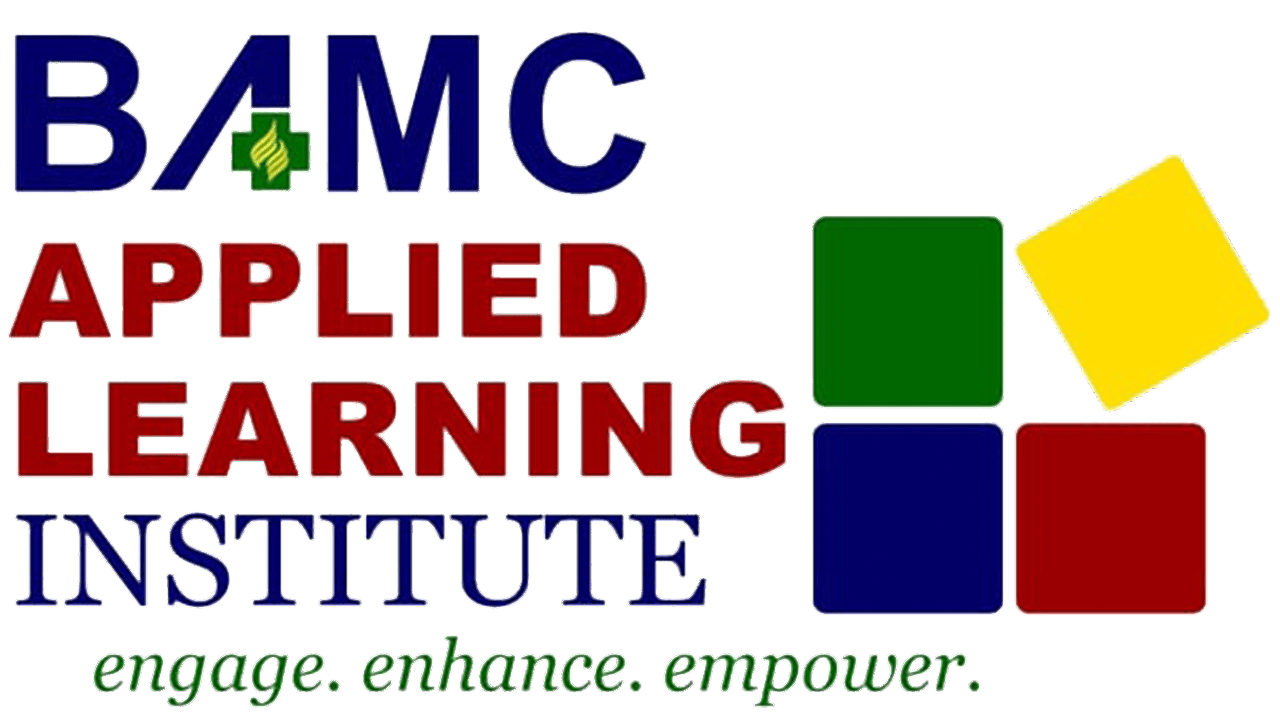METHODS OF PATIENT EVACUATION
A healthcare facility should continue to use elevators as long as they are serviceable and permitted by the Fire Department.
Ambulatory patients are guided down the stairs, accompanied by a staff person based on the acuity of the patients. For example, ambulatory patients, needing assistance, may be assisted with belts or “fore and aft” carry, shoulder-to-shoulder human chain, mother carries baby, etc.
Non-ambulatory patients may need special equipment such as stair chairs, stokes baskets, and evacuation sleds. The staff assigned to assist these patients should be trained with this equipment and be comfortable in its use.
There are some patients who cannot be moved with the resources available. In these situations, ethical issues can arise. What will happen to patients who are left behind? Will there be equipment, supplies and personnel that can be left behind with the patients? What is the risk of leaving patients behind compared to trying to evacuate them and possibly injuring them?
These questions should be identified and addresses as effectively as possible prior to an evacuation event occurring. Developing a workgroup who can identify and address these issues is one possible way to address this.
